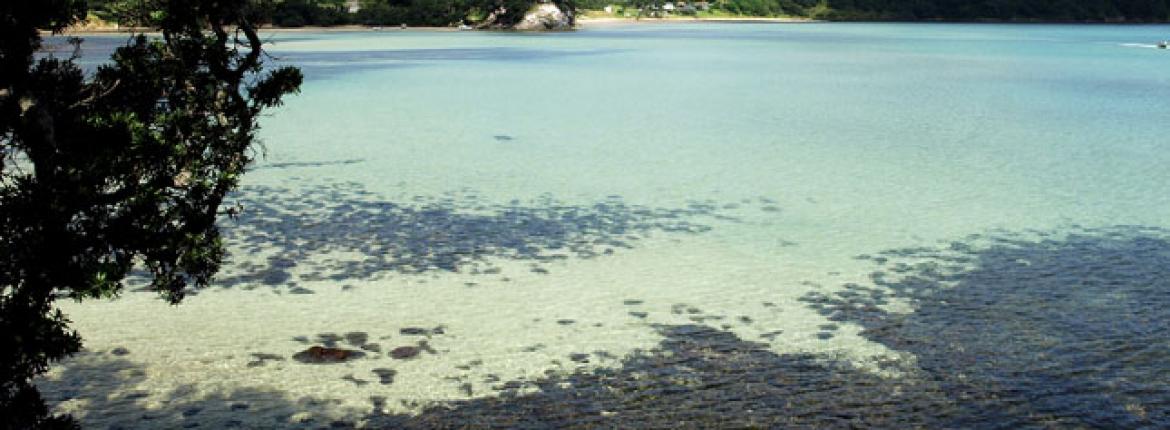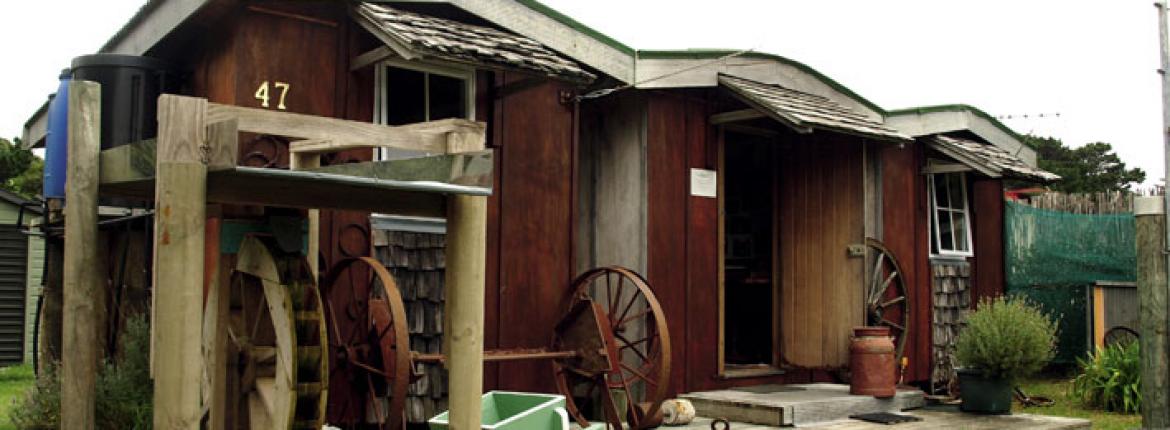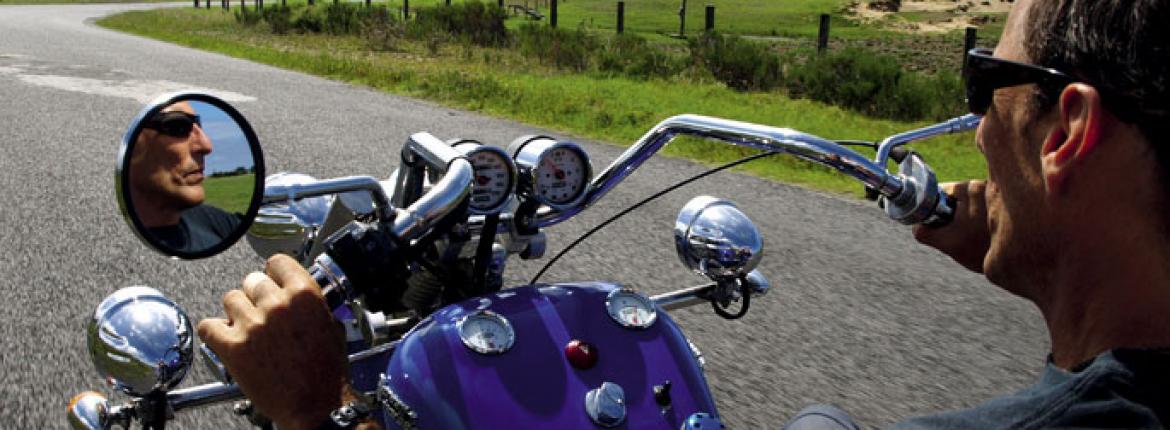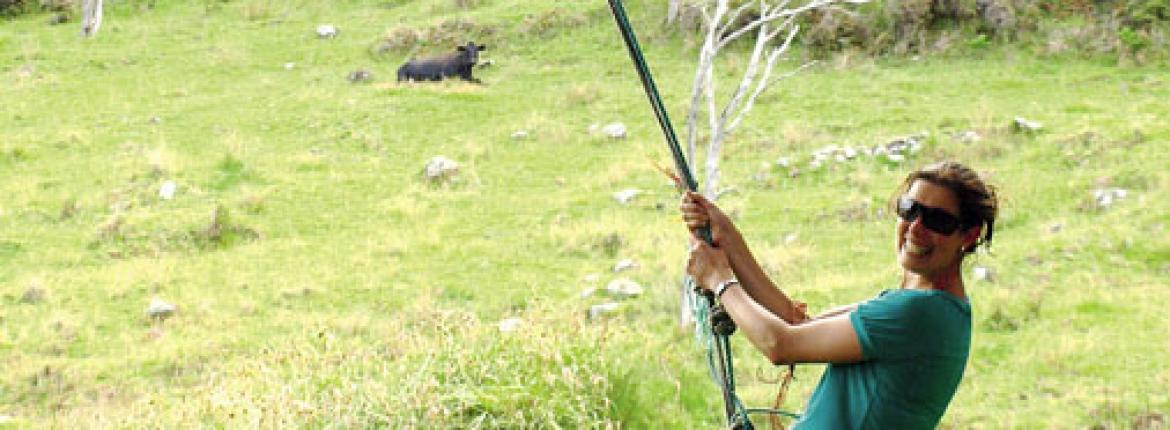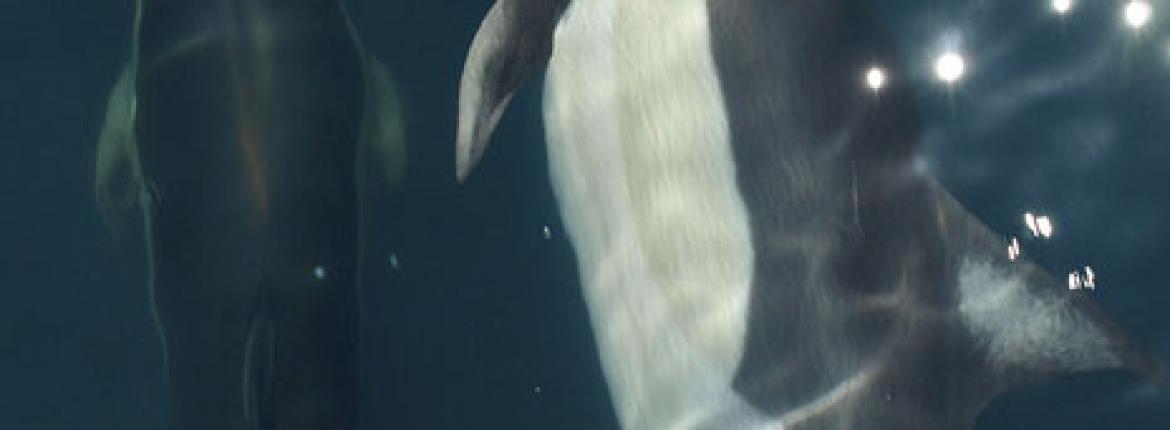Certainly, Steve Billingham is passionate about the place and, on the tour he runs, he’s enthusiastic about everything from the rowdy green kaka in the trees to the playgroup’s calendar of tasteful nudes aged 45-plus – “Look! There’s Miss September!” – to the great drama of unrequited love in 1886 involving shots in the night, a stolen boat, an arrest in Sydney and a hanging in Auckland. “It’d make a great movie!” Steve says, as he whisks us along the island’s narrow winding roads to the next point of interest.
It’s never far away. For a small place, just 40km end-to-end, with a population of only 800 and still a third of the island unreachable by road, there’s a lot of history tucked into its little valleys and sheltered bays, and Steve’s keen to share it all.
Some of it is of national importance, such as the remains in Whangaparapara Harbour of the last operational whaling station in the country, and the last kauri mill, which supplied the timber used to rebuild San Francisco after the 1905 earthquake.
Some of it is of mainly local significance, like the wreck of the Wairarapa in 1894, which led to the establishment of the Pigeon Post. And some of it is pure gossip: what’s the story behind the ladder up the bank? How did the Meet the Ex party at the Currach Irish pub work out? Steve knows.
Like most on the island, he has several jobs – driving the school bus and the petrol tanker are equally demanding – and, as well as minibus tours, he takes people for a spin on his shiny blue 1600cc Crazyhorse trike, which is a blast in both senses.
Sitting behind him, with the air rushing through my hair, is an exhilarating way to enjoy the Barrier’s unspoilt blue-green landscape, and glories like the long and lovely curve of Medlands Beach where a lone surfer rides a turquoise wave from end to end.
Not far away is the little town of Claris, where David Watson’s quaint and quirky museum fills three wooden huts and where, arranged on the shelves, is a miscellaneous collection of objects, all labelled: some with proper names, some simply called ‘who-dakies’.
There are relics here of shipwrecks, of the busy mining, milling, farming and whaling days – as well as an old framed photo of Mrs Alice Borich’s favourite cat, Jimmey, and a startling joke behind a wooden door.
The perfect combination of history, scenery and activity has to be an outing with Chris Ollivier on his launch Sundancer, cruising along the coast towards the spectacular Broken Islands, a lure trailing behind for kingfish while he sizzles kebabs on the barbecue.
There are invariably gannets, usually dolphins, sometimes whales; and always informative commentary and friendly conversation. That’s perhaps the very nicest thing about visiting the Barrier, even better than all the interesting history and natural splendour: being made to feel so welcome.
Visitor Information
With 60% of the island in public ownership, there’s a great network of tramping trails on Great Barrier Island. Everything from short strolls to the famous six-hour Tramline Track, which follows the route used for carting out kauri in the 1920s and 1930s.
It finishes near the Kaitoke Swamp, where walkers can take a boardwalk through nikau groves to hot springs for a wallow in a secluded pool surrounded by mossy green rocks.
Reported by Pamela Wade for our AA Directions Summer 2012 issue

